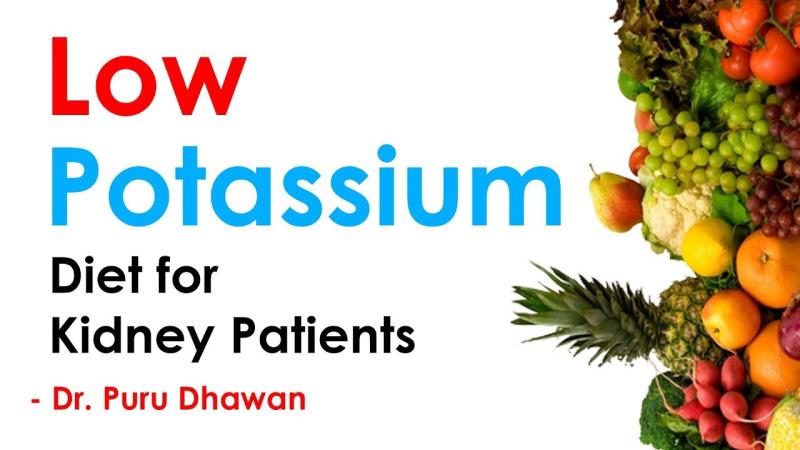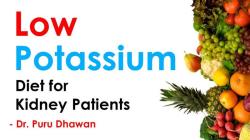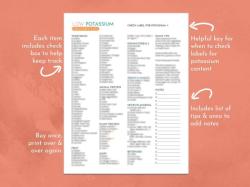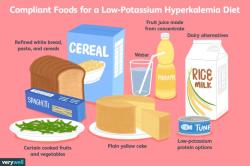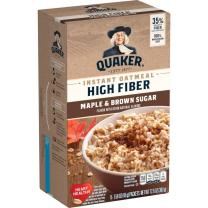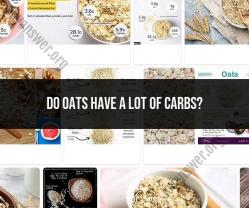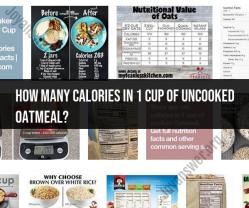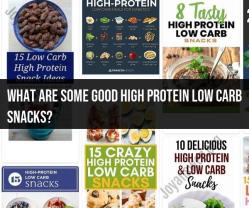What foods to eat if your potassium is low?
If you need to replenish potassium due to a deficiency or if you are on a low-potassium diet, it's important to choose foods that are lower in potassium. Here are some foods that are relatively low in potassium:
Fruits:
- Apples (especially peeled)
- Berries (strawberries, blueberries, raspberries)
- Grapes
- Pineapple (in moderation)
- Peaches (in moderation)
- Watermelon (in moderation)
Vegetables:
- Carrots
- Cucumbers
- Lettuce
- Bell peppers
- Zucchini
- Green beans
- Cauliflower
- Eggplant
Proteins:
- Chicken
- Turkey
- Eggs
- Fish (not all types; check with your healthcare provider)
- Lamb
Dairy and Dairy Alternatives:
- Milk (in moderation)
- Yogurt (in moderation)
- Cheese (in moderation)
- Rice milk
- Almond milk (check for potassium content)
Grains:
- White bread
- White rice
- Pasta (in moderation)
Sweets and Desserts:
- Cake (without chocolate or nuts)
- Cookies (without chocolate or nuts)
- Sherbet
Beverages:
- Apple juice
- Cranberry juice
- Lemonade
- Herbal tea (check for potassium content)
It's crucial to note that individual potassium needs vary, and dietary restrictions should be discussed with a healthcare professional or a registered dietitian. Also, the potassium content of foods can vary, so it's advisable to check with reliable sources or food labels.
If you have low potassium levels, your healthcare provider may recommend specific dietary changes or potassium supplements to help address the deficiency. It's important to follow their guidance to ensure you are meeting your nutritional needs while managing your potassium intake. Always consult with a healthcare professional before making significant changes to your diet, especially if you have any underlying health conditions.
What foods are recommended if potassium levels are low?
Potassium is an essential mineral that plays a vital role in various bodily functions, including muscle contractions, nerve signaling, and regulating blood pressure. Low potassium levels, also known as hypokalemia, can lead to symptoms like fatigue, muscle weakness, and irregular heartbeat. If you have low potassium levels, incorporating potassium-rich foods into your diet can help replenish your potassium stores and improve your overall health.
Here are some excellent potassium-rich food choices:
Fruits: Bananas, oranges, cantaloupe, honeydew, avocados, and dried fruits like raisins, prunes, and apricots.
Vegetables: Spinach, broccoli, potatoes, sweet potatoes, mushrooms, peas, cucumbers, zucchini, pumpkins, leafy greens like kale and collard greens, and winter squashes like acorn and butternut squash.
Legumes: Beans, lentils, and peas.
Dairy products: Milk, yogurt, and cheese.
Nuts and seeds: Almonds, pistachios, sunflower seeds, and pumpkin seeds.
Which dietary choices help supplement low potassium levels?
Aside from incorporating potassium-rich foods into your diet, there are additional dietary strategies to help supplement low potassium levels:
Limit sodium intake: Too much sodium can lead to potassium loss through urine. Aim to consume less than 2,300 milligrams of sodium per day.
Choose whole grains over refined grains: Whole grains, like brown rice and quinoa, are better sources of potassium than refined grains.
Read food labels: Check the potassium content of packaged foods and choose options with higher potassium levels.
Consider potassium supplements: If dietary changes alone are not enough to raise your potassium levels, your doctor may recommend potassium supplements. However, it's crucial to consult your doctor before taking any supplements.
Are there nutritional strategies for balancing low potassium levels through food?
Yes, there are several nutritional strategies to balance low potassium levels through food. Here are some key points:
Spread potassium intake throughout the day: Instead of relying on a single potassium-rich meal, spread potassium-containing foods throughout your daily meals and snacks.
Cook with potassium-rich ingredients: Use potassium-rich vegetables like spinach, broccoli, or potatoes in your cooking.
Season with herbs and spices: Herbs like parsley, basil, and oregano are good sources of potassium.
Choose potassium-rich beverages: Coconut water, orange juice, and tomato juice are excellent sources of potassium.
By incorporating these strategies and incorporating potassium-rich foods into your diet, you can effectively manage low potassium levels and maintain overall well-being.
